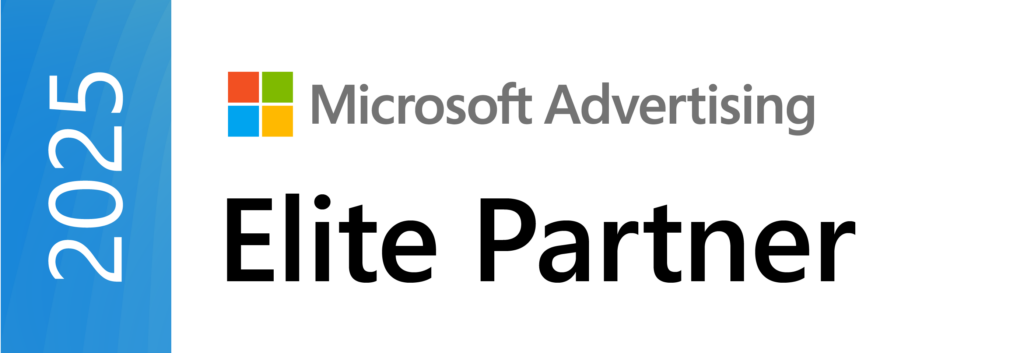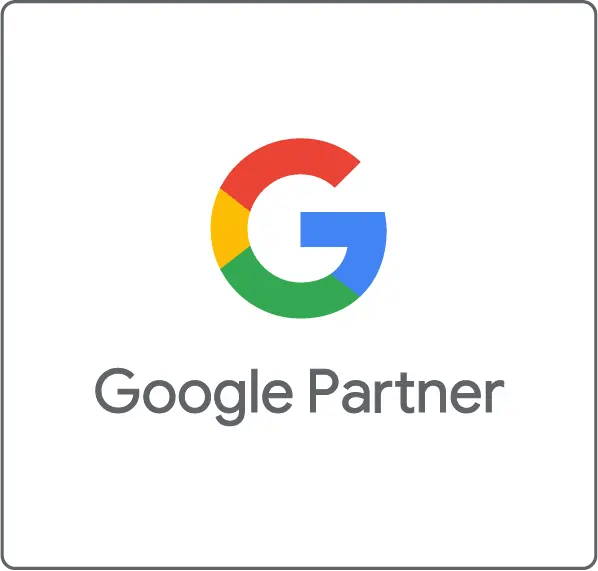1. Problem-Aware: “I know something’s wrong, but I don’t know the solution.”
Audience Mindset: Frustrated, curious, researching.
Examples: “My team wastes too much time on manual reporting,” or “I’m not feeling healthy, but don’t know why.”
Creative Goal: Agitate the pain, frame the problem compellingly, build urgency.
Best Creative Type:
- Emotional storytelling
- Relatable problem scenarios
- Question-based headlines
Example Ad Line:
“Still building reports by hand every Monday? You’re not alone—but there’s a better way.”
CTA: Learn more, discover the root cause, assess your situation.
2. Solution-Aware: “I know there are solutions, but I haven’t chosen one.”
Audience Mindset: Exploring options, comparing benefits.
Creative Goal: Introduce your category, show how solutions work, position your approach as differentiated.
Best Creative Type:
- Educational explainer videos
- Side-by-side comparisons
- Infographics highlighting your innovation
Example Ad Line:
“Automation platforms save teams 10+ hours a week—see how ours makes it effortless.”
CTA: Watch demo, see how it works, compare options.
3. Product-Aware: “I know your product, but I’m not yet convinced.”
Audience Mindset: Evaluating your specific offer, looking for proof.
Creative Goal: Build trust, demonstrate value, reduce objections.
Best Creative Type:
- Case studies
- Customer testimonials
- Feature walk-throughs with social proof
Example Ad Line:
“See why over 2,000 marketers switched to Dashflow last quarter.”
CTA: Start free trial, read success stories, book a live demo.
4. Brand-Aware: “I know your brand and what you offer.”
Audience Mindset: Familiar but not yet loyal—or ready to repurchase.
Creative Goal: Reinforce emotional connection, trigger action, re-engage.
Best Creative Type:
- Brand storytelling
- Lifestyle alignment
- Loyalty-focused messages
Example Ad Line:
“Ready to level up again? Dashflow Pro just dropped.”
CTA: Upgrade now, welcome back, explore what’s new.
Applying the Framework: From Insight to Execution
To operationalize awareness levels in your advertising:
- Segment Campaigns by Intent and Audience Stage
- Use behavioral signals, funnel position, or retargeting to group users by likely awareness level.
- Map Messaging Frameworks to Funnels
- Your top-of-funnel ads should rarely look like your mid-funnel or bottom-funnel content. Apply the awareness lens to tailor tone, message, and creative concept.
- Test Across Awareness Tiers
- Even within one segment, awareness can vary. A/B test problem-aware vs. product-aware creatives and iterate based on engagement and conversion metrics.
- Align KPIs Accordingly
- Expect higher CTR and video view rates for problem-aware ads, and higher conversion intent from product-aware campaigns. Measure success stage-appropriately.
Conclusion: Strategy First, Creativity Second
Mastering audience awareness levels is not just a copywriting trick—it’s strategic precision. Advertising that mirrors the customer’s mindset is exponentially more effective, just as McKinsey tailors boardroom presentations to executive pain points.
When your creative speaks to what the audience already believes or suspects, you stop advertising and start resonating.

.png)
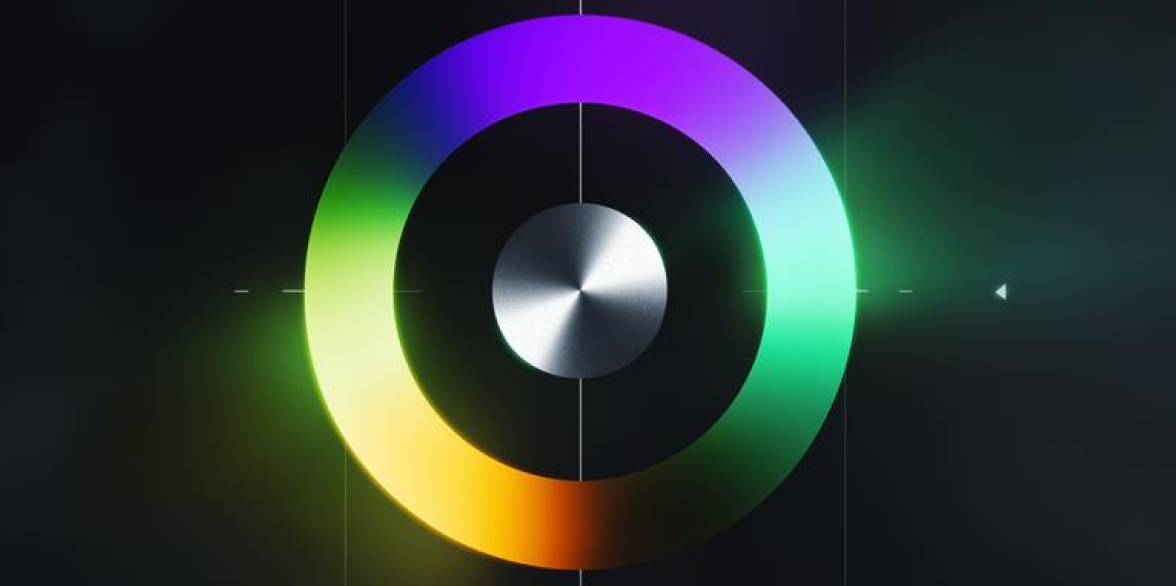

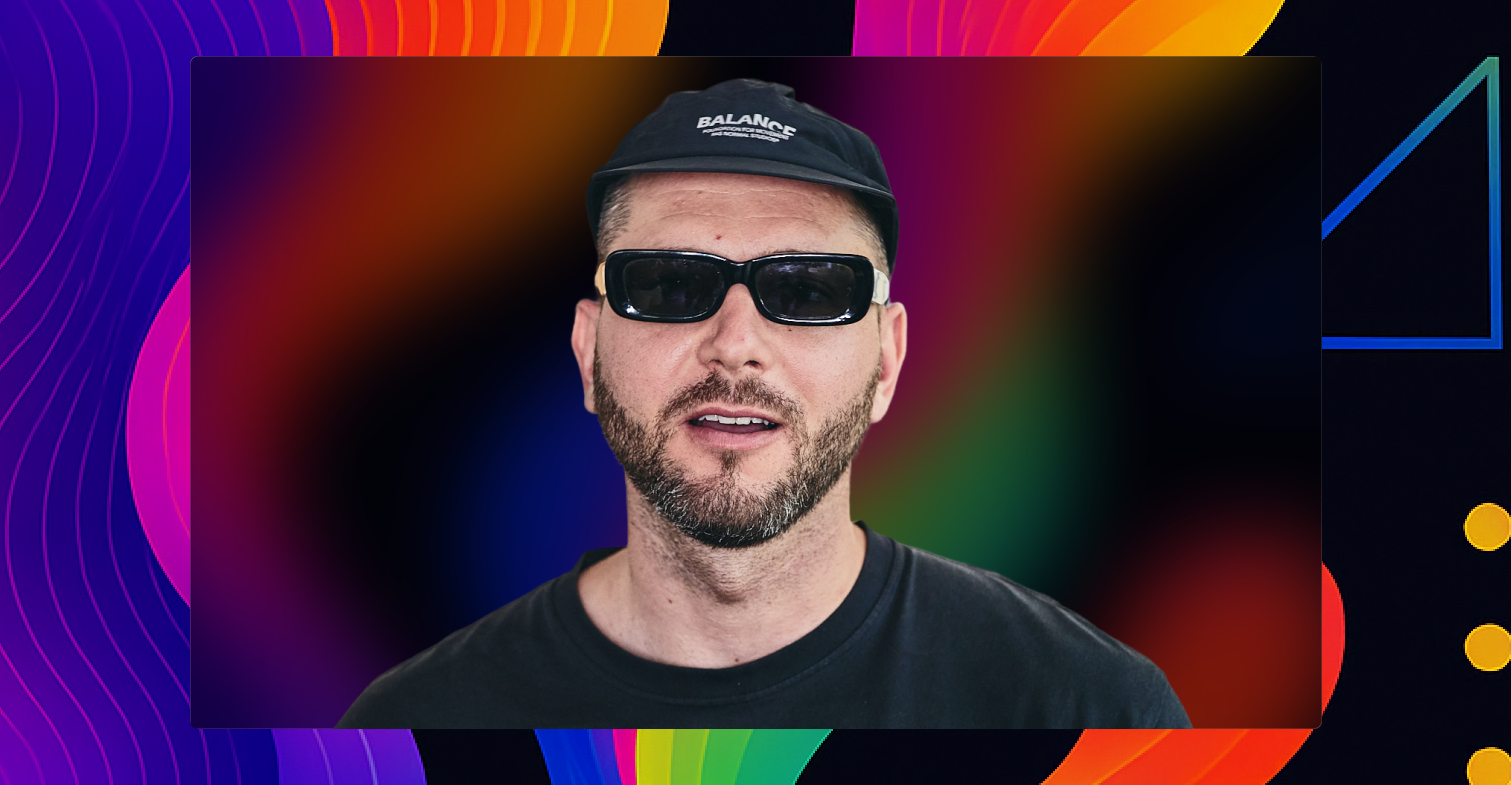
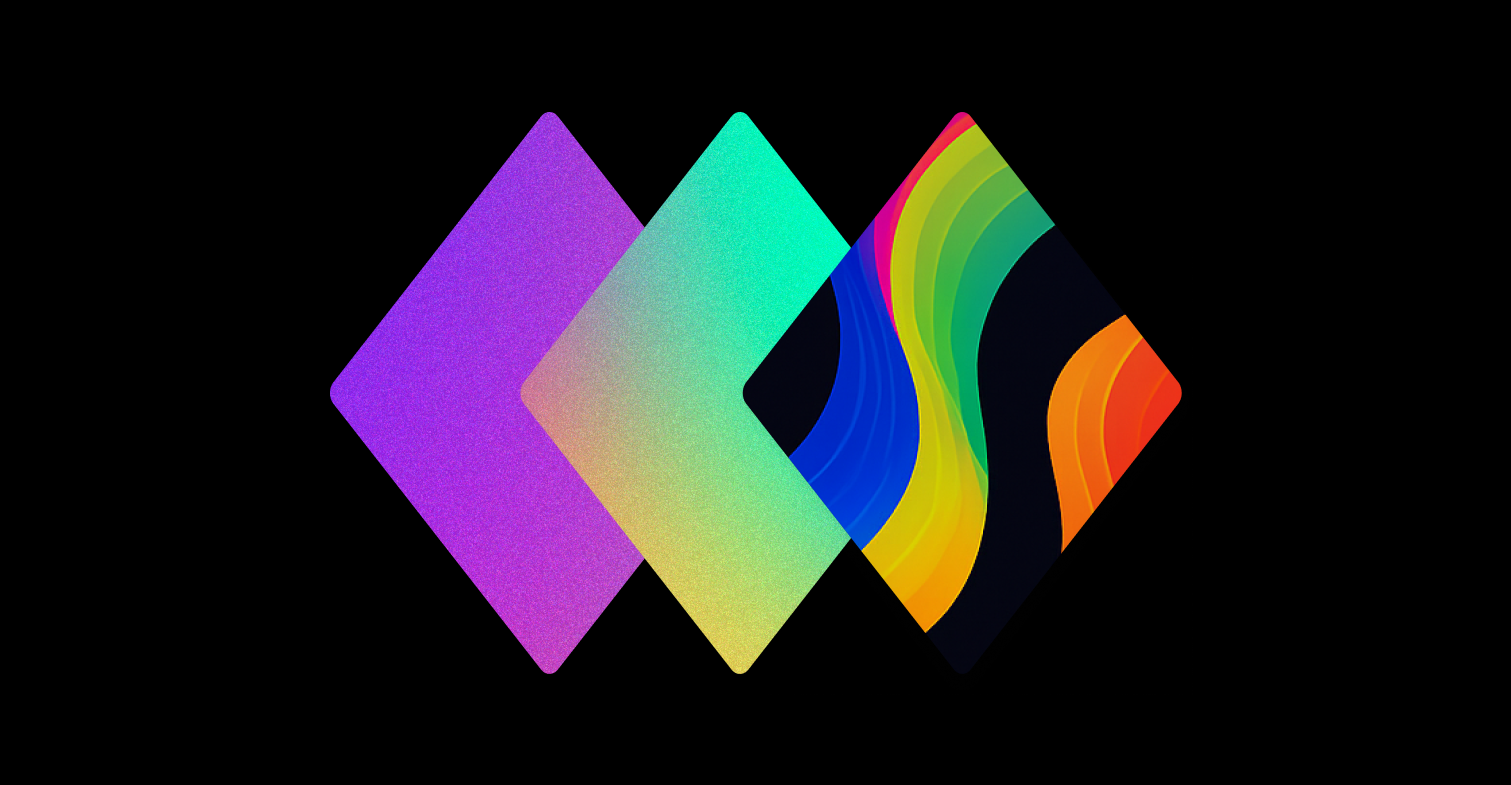
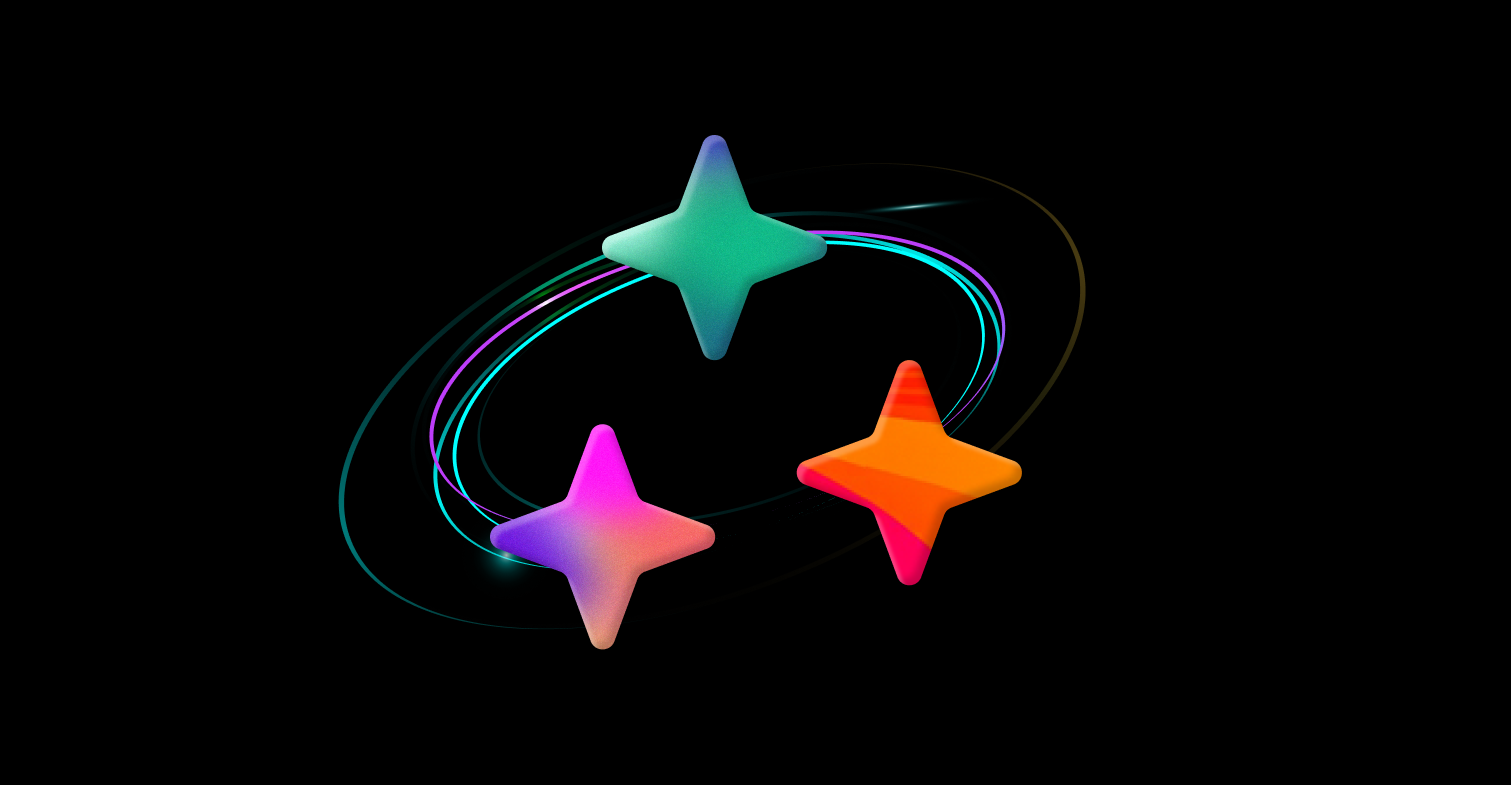

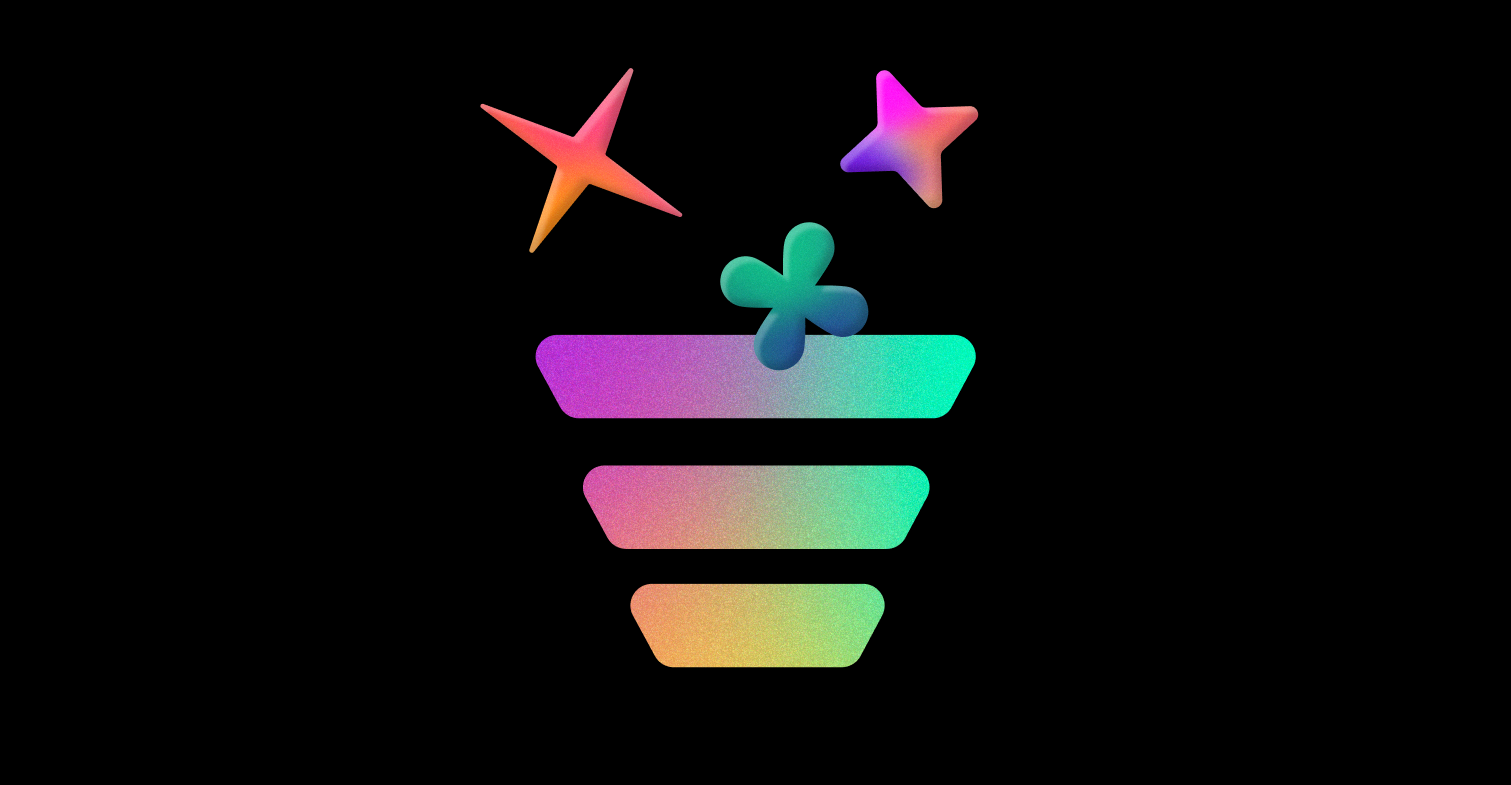
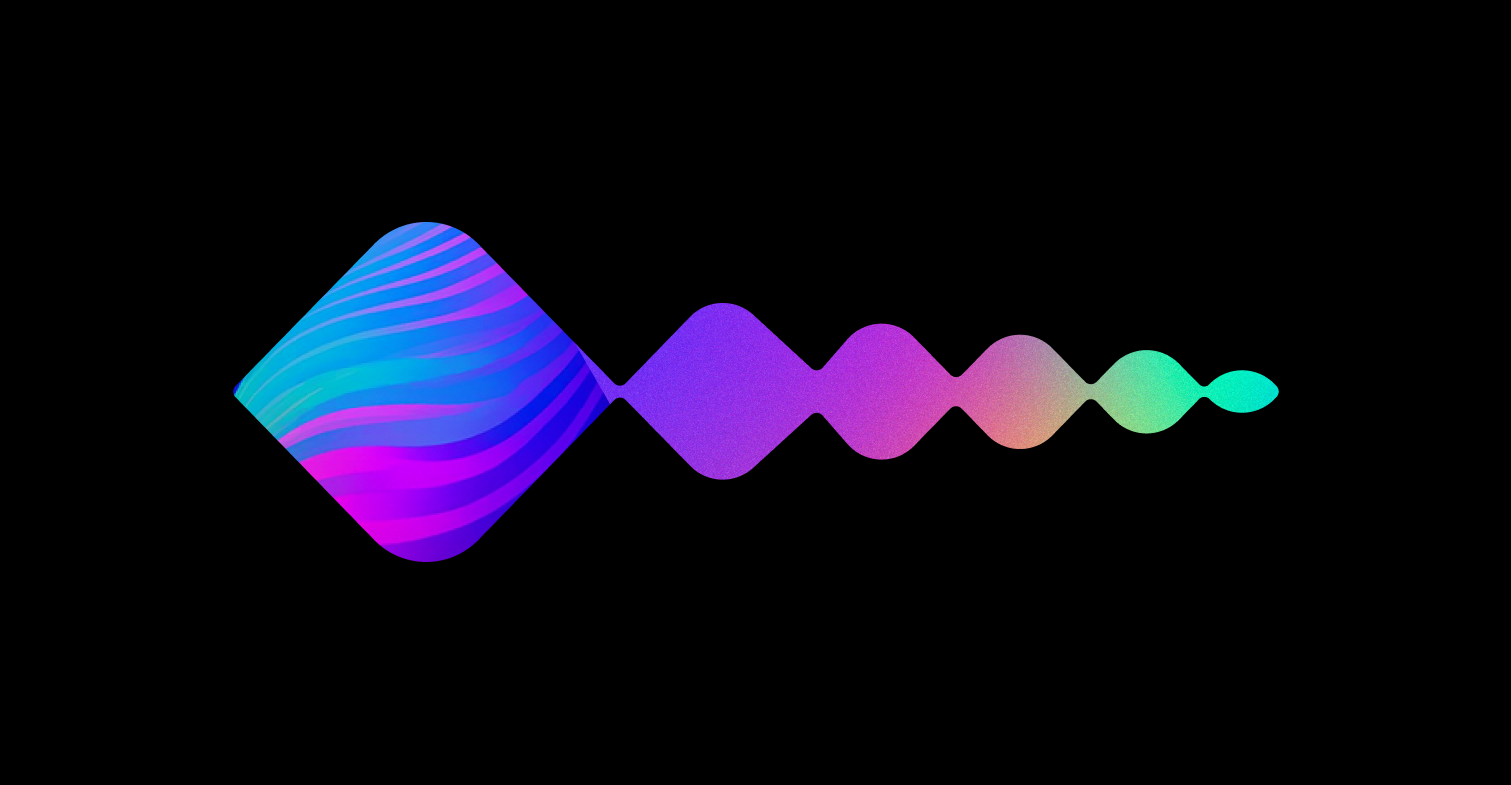
.png)
